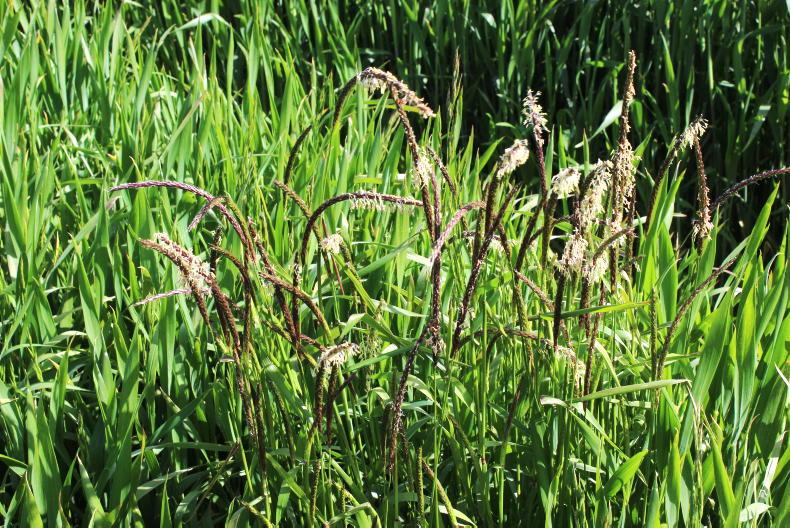It’s Easter weekend and some readers may be thinking of venturing out to the garden and planting some seeds to brighten up a space and increase biodiversity.
Remember, the best thing you can do to provide food for pollinators is to leave some grass uncut and leave field margins and grass on road verges uncut, where it is safe to do so. Grasses and native flowers will then provide that food.
Some of you will no doubt see packets of wildflower seeds that are full of colour in shops, but unless you are very sure of the source of these seeds and know that they are native to and grown in Ireland, they should really be avoided, as they could contain undesirable plants that can be damaging to crops and could start a weed problem.
Last year, some wildflower seeds were found to contain blackgrass. Blackgrass is a highly invasive weed. One plant can contain 1,000 seeds and it can render tillage fields unusable, as there is no herbicide to control it apart from glyphosate.
What to do if you find blackgrass
Those who planted wildflower seeds last year should keep an eye out for weeds like blackgrass and if it is found, it should be destroyed before going to seed. If it is in small amounts, it can be pulled cleanly, taking the roots as well. It can then be placed in a plastic bag and disposed of.
If there is a large population, you may need to be spray it with glyphosate.
You can ask a local agronomist for advice if you are unsure of what to do.
The video here gives a quick guide on how to identify blackgrass.






 This is a subscriber-only article
This is a subscriber-only article










SHARING OPTIONS: